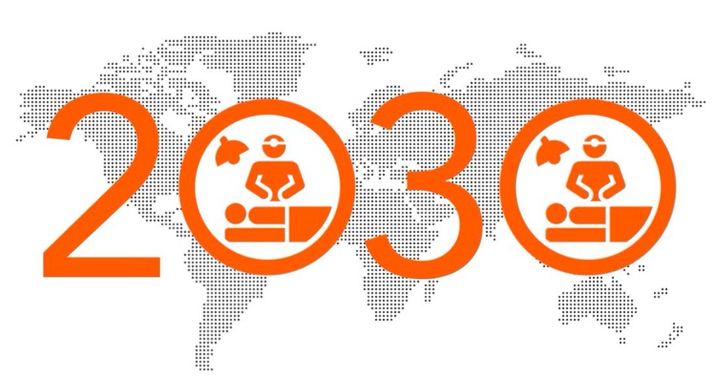In today’s fast-paced, digital world, awareness campaigns have become the currency of global health advocacy. We learn about a cause (say, cancer) from a headline (“Study estimates global cancer cases, deaths in 2015”), honor it with a holiday (World Cancer Day) and buy into it with a hashtag (#WeCanICan), hoping our contributions reverberate across our networks and ignite policy changes and financial commitments to correct an important healthcare injustice or inequity.
These campaigns can be entry points for understanding an overlooked issue, but they’re often organization-specific, passive and ephemeral, leaving a gap in sustained action. Movements, on the other hand – many of which emerge from campaigns – seep into society’s consciousness over time, laying a foundation on which change can be built. If global health advocacy were a clock, campaigns would be the minute hand ticking briskly in real time; movements would be the hour hand advancing slowly, its progress only discernible after enough time has gone by.

This distinction is illustrated best by the advocacy efforts around HIV/AIDS, which started with grassroots activism and awareness-raising in the West before evolving into a unified global movement as the need spread. Today, with the prevalence of HIV/AIDS concentrated in sub-Saharan Africa, this movement has manifested as one of the only areas of truly nonpartisan, multi-sector action in global health: Nearly every country on the planet now has a strategy to prevent and treat HIV/AIDS, with a groundswell of financial support, drug donations, policymaking, activism, champions and community mobilization continuing to expand the movement. Even amid the U.S. government’s proposed slashing of foreign aid, the President’s Emergency Plan for AIDS Relief (PEPFAR) remains largely off-limits, signaling a movement that transcends politics.
After spending years on the periphery of disease-specific initiatives, safe surgery has emerged as a movement-worthy cause. In recent years, its recognition as a key tenet of the Sustainable Development Goals and a cornerstone of health systems – touching maternal health, child health, trauma, non-communicable diseases, etc. – has created a platform for advocacy and awareness-generation.
In 2013, a group of global surgery experts came together to form the Lancet Commission on Global Surgery, which has become the main reference point for calling attention to the needs and challenges around safe surgery. Its landmark report found that five billion people lack access to safe surgical and anesthesia care worldwide, and that 17 million deaths per year can be attributed to surgically-treatable conditions – roughly 15 times the number of deaths due to HIV/AIDS.
So the need for surgical care is clearly there, but is there enough momentum and infrastructure around which the global surgery community could build a movement? Naturally, the minute hand of awareness and advocacy began to tick.
In 2015, the Global Alliance for Surgical, Obstetric, Trauma and Anesthesia Care (G4 Alliance) led a campaign to promote surgery’s importance in health systems, and helped pass a new World Health Assembly policy that acknowledged its role in universal health coverage. That same year, the World Health Organization agreed to begin measuring key surgical data as part of its core global health indicators. Likewise, a wide range of prominent influencers – from Atul Gawande to Jim Kim to Madonna – have come out as major champions of the cause.
These efforts have spawned even more awareness-raising, commitment-making and policy change. The World Federation of Societies of Anesthesiologists (WFSA) created the SAFE-T campaign focused on access to safe anesthesia; the Association of Women Surgeons sparked a viral social media campaign called #ILookLikeASurgeon; companies like GE and Johnson & Johnson committed tens of millions of dollars toward safe surgery programs; and a handful of countries began developing national surgical plans as part of official government policy.
This week, the nascent safe surgery movement took another step forward as leading organizations adopted a set of goals and indicators to outline what progress on surgical care should look like. This framework – published in the World Journal of Surgery – is less of a campaign than it is an exercise in consensus-building: what will it take to ensure that the neglected surgical patient has access to quality surgical care without risking financial hardship? It concludes with an ambitious goal: reach 80% of the world with safe surgical and anesthesia care by 2030.
It’s only been a few years since safe surgery became a global health priority, but money is flowing, policies are changing and momentum is building. In other words, the minute hand is ticking. The test of whether the global surgery community can reach 80% of the world with improved surgical care will hinge on its ability to turn early campaigns into a movement – one that transcends politics, bridges sectors and pervades hearts and minds around the world. By 2030, we’ll be able to look back on our progress and, hopefully, see an hour hand that has leapt forward.

